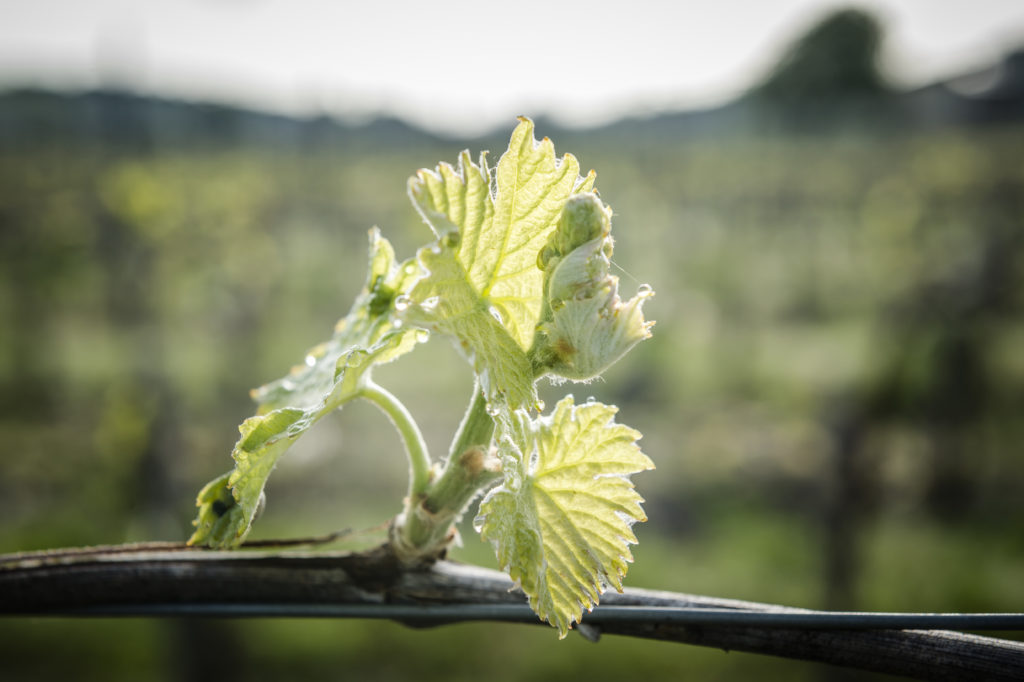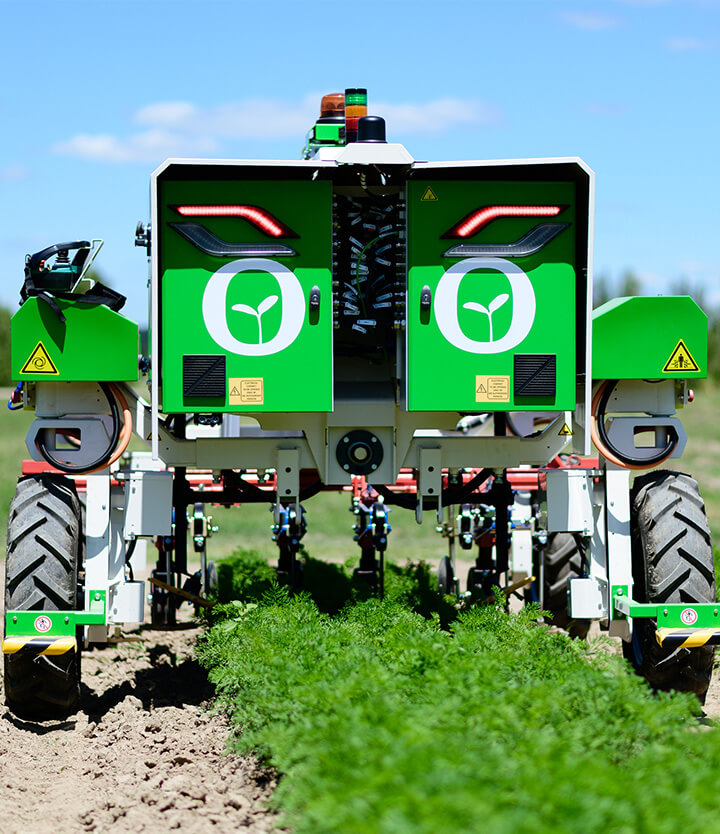In-row tillage is becoming more popular among the wine-growers who use it as an alternative method to chemical weeding. This requires that the farmers have a sound knowledge of the agronomic issues and can adapt the technical itineraries as working methods.
For nearly 10 years, weeding practices in the French vineyards have been lying at the core of the concerns, with a general trend of declining herbicides. Everywhere, wine-growers experiment the implementation of adapted technical itineraries.
Tillage is essential for the cavaillon (line of the vine plants) maintenance. Not only does it control weed flora, but it also facilitates aeration of the soil, improves water penetration and mineralization, while boosting biological life under the ground.
“This is by far the most time-consuming task for the wine-growers and it requires all their expertise. It is a tough part to handle and one that prompts questioning” believesBenoît Chaillan, Viti technical advisor at Naïo. Indeed, although the professionals are well aware of its necessity, transition often comes with constraints especially for those who have only experienced agrochemical solutions.
Mastering the principles of agronomy

The choice between the existing tools is made on the primary basis of climatic and soil factors, but also on regional affinities and the history of each estate.
Florent Banctel, network engineer at Dephy Ferme and advisor for the Pays de Loire Chamber of Agriculture, recommends you start by “digging a hole around your vine stocks to observe the functioning of the root system. The vines exclusively that were weeded with herbicides since planting have shallow roots that could be broken by the tools. It’s almost a prerequisite, but the itinerary and equipment can be adapted in order to limit damage.” On younger vines, “woody roots have the capacity to reconstruct themselves quickly with the passage of tools fostering deep root exploration: hence the importance to get young vine stocks used very early to these alternative practices so as to minimize the stress effects related to climate.”
The same goes for those planted before the golden age of pesticides; they have not experienced treatment in their early years and their roots grew deeper.
Therefore, when it comes to deciding how to operate and at which depth, mastering the agronomic principles is the key. “Tillage is not only a matter of weeding: it also uses general agronomic techniques where each action is ambivalent and each passage induces chain consequences and reactions”, saysFlorent Banctel. For instance, when you increase soil mineralization just before the harvest period, you also trigger a release of nitrogen, which leads to an excess of vine vigor breaching diseases and particularly botrytis. These risks must be anticipated and the actions well calculated, and even compensated, to maintain control over the production.
Support and feedback
Is it enough to have a suitable technical itinerary, appropriate equipment setting and well-chosen windows of opportunity to avoid setbacks? According to Florent Banctel, it is necessary to train and support wine-growers but nothing compares to the importance of sharing between peers. “Exchanging insights and experiences enables everyone to adjust their own practices and to keep on improving.”
A question remains in regards to the impact of such changes on the farms. In practice, Benoît Chaillan warns “the switch to mechanical weeding can require adjustments in the vine. For example, it can become necessary to install protecting pegs in front of the replacement vines before the machine passes.”
Reducing or stopping inputs requires a more important use of resources (each passage takes 2h/ha to the tractor driver), an increase in the frequency of interventions, incurrence of equipment costs… all for an identical yield that can even be reduced during the first years if we consider the possible breakage. Such additional expenditures have to be passed on prices and the clients must be prepared to this reality. According to Benoît Chaillan, « the benefit lies in the valorization of the end product and the image of the vineyard”. As a matter of fact, beyond the only regulatory evolution, the changes in the practices of wine-growers put forward a real willingness to produce differently.
Learn more about Ted, the vine-straddling robot.





